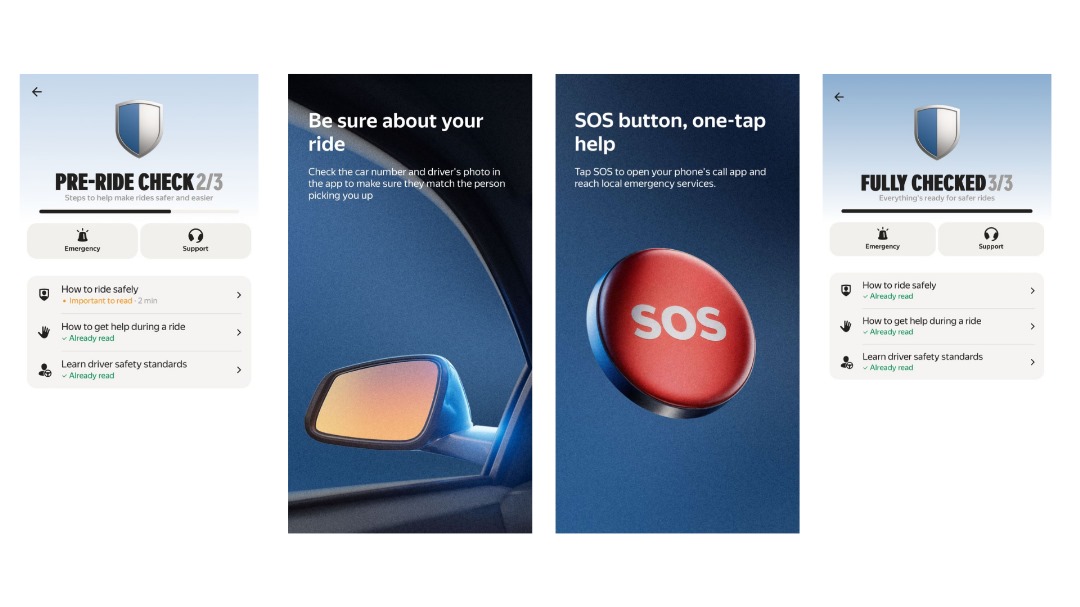Inflationary pressure in Cameroun accelerated in 2022 is getting to its peak . Supported by food prices , rise in pump prices, the NIS estimates that this situation could intensify in 2023.
In Cameroon, the inflation rate understood as the rate of increase in the prices of goods and services, increased by 6.3% after 2.3% in 2021, 2.5% in 2020, 2.5% in 2019, 1.1% in 2018 and 0.6% in 2017. According to the National Institute of Statistics (NIS), this is the highest overall price level in the last 27 years (since 1995) after 32.5% in 1994 and 9% a year later. It was well above the forecasts of 4.6% by the Cameroonian government, the AfDB or the IMF.
NIS explains that this inflation is spured by the rise in food prices (+12.9%) and restaurant prices and services (+6.3%). As for basic necessities, the main increases concerns oils (27.0%), breads and cereals (wheat flour, corn flour, millet flour, pastry flour etc.) by 16.3%, fish and seafood (14.4%), meat (12.2%), milk, cheeses and eggs (10.7%) and vegetables (7.6%). As for the increase in the prices of restaurants and hotels, the NIS attributes it mainly to the 10.1% increase in the price of restaurant services.
“The evolution of inflation during 2022″ traces two main sources of inflation. This one has above all a local origin. The NIS informs in this regard that in 2022, inflation of local products rises to 6.4% and contributes up to 5 points of the overall rate. ” The upward trend in food prices in Cameroon remains in line with the change in the FAO Food Price Index, which follows the monthly evolution of the international prices of the most commonly traded basic food products. This FAO index increased by 14.3% in 2022, due to the increase in the prices of vegetable oils, cereals and dairy products, “reads the report. In addition to these indicators, many others justify the rise in inflation in Cameroun in 2022. In this case, it is domestic production that is not yet able to meet demand in various sectors (rice, banana, fish…).

To these are added the unfavorable weather conditions that lead to the increase in poor harvests, the loss of livestock, the degradation of pastures and the drying up of drinking points, and the reduced availability of fishery, aquaculture and forestry products. The NIS also points out the issue of the security crisis (North-West and Southwest); a brake on the production and delivery of agricultural products without forgetting the speculative practises of some traders as well as the degradation of road or railway axes that lead to agricultural basins. International situation The other reason is of imported origin. Unlike local products, the inflation of imported products was less pronounced.
It reached 5% and contributed to 1.3 points of the overall rate (6.3%). This surge is due to the difficult international situation marked by both the war between Russia and Ukraine, the generalised rise in the prices of energy products, raw materials (due to the loss of the value of the FCFA against the Dollar), the soaring prices of agricultural inputs. These last two factors have caused the increase in the prices of goods and services at the national level.




